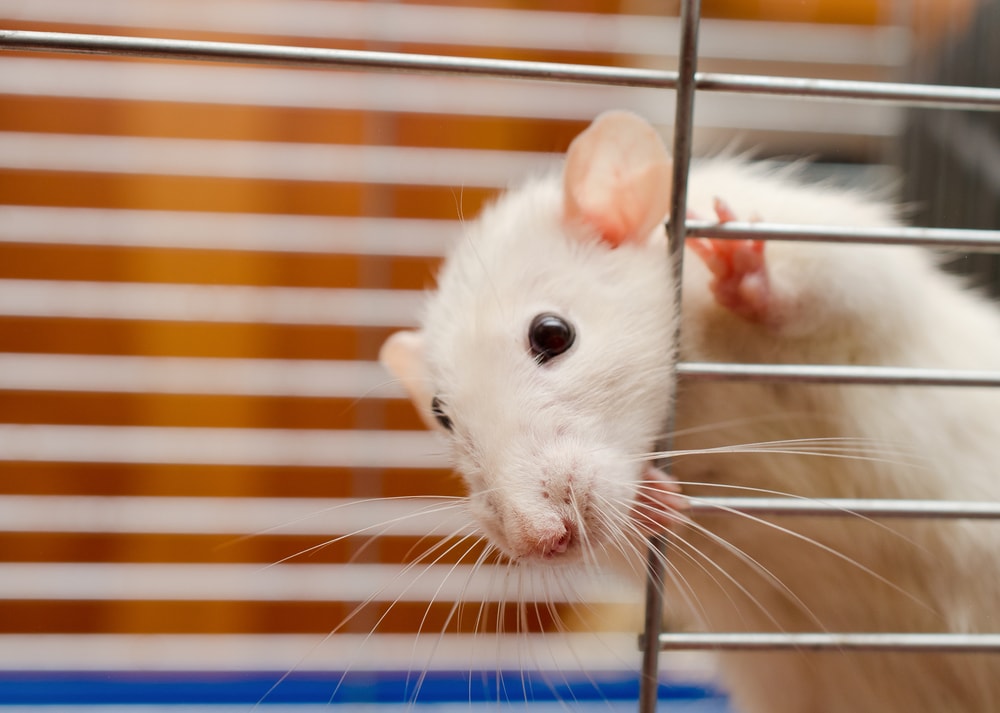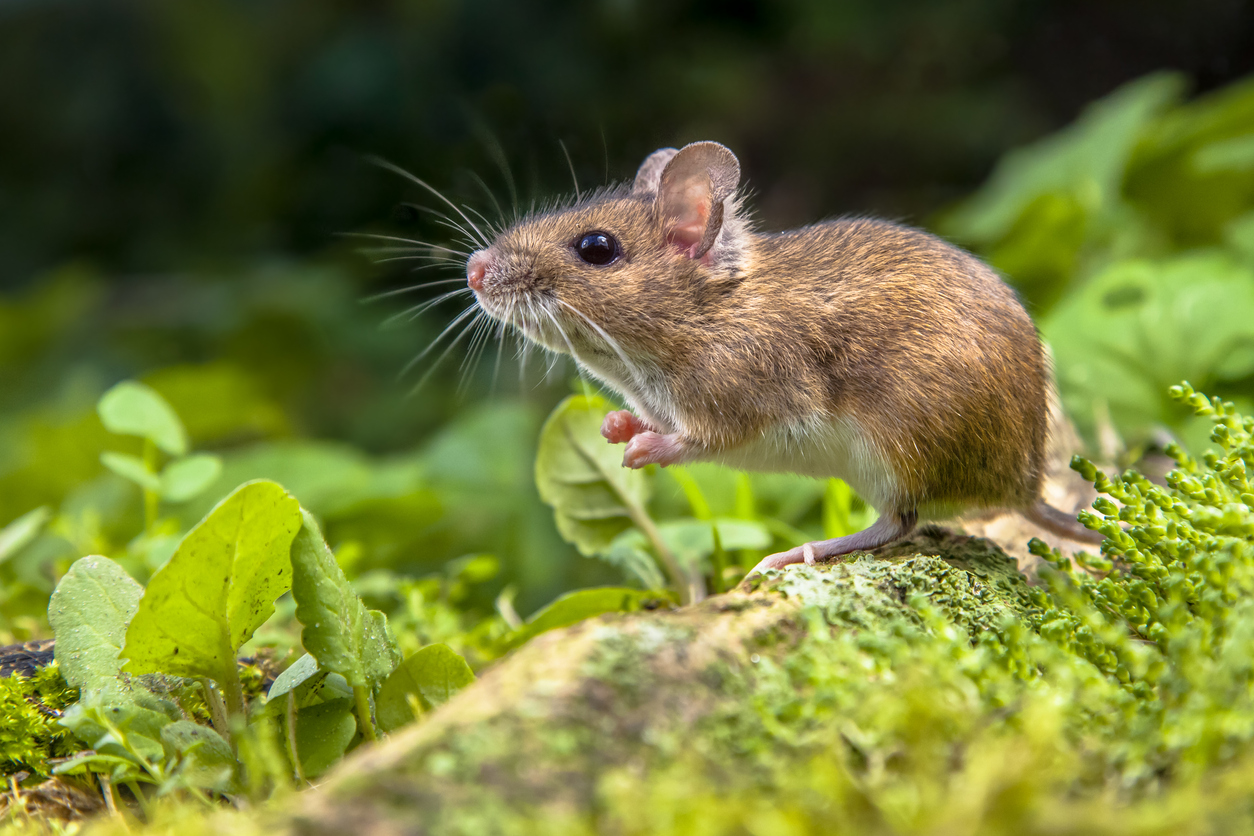Pest Detection in Commercial Kitchens: A Critical Guide
Share
In the culinary world, safety and hygiene reign supreme. One pressing aspect of maintaining this sanctity is the critical process of pest detection in commercial kitchens. A neglected pest problem not only tarnishes reputations but can even lead to severe health risks and legal implications for businesses.

Understanding the Need for Pest Control
Commercial kitchens are bustling ecosystems that are unfortunately inviting habitats for various pests. The presence of pests, such as rodents, cockroaches, and flies, can disrupt operations and mar customer experiences. This is why effective pest control practices are non-negotiable for any commercial kitchen hoping to maintain its integrity and customer trust.
According to a discussion on the [impact of pests in breweries](https://trapx.io/blogs/news/rodent-control-tech-for-breweries), pests can not only damage the premises but also negatively affect the equipment and raw materials, leading to significant financial losses.
Signs That You Might Have a Pest Problem
Early and accurate pest detection is vital. Here are signs that indicate potential invasions:
- Unusual droppings or pest trails
- Gnaw marks or chewed packaging
- Pungent, musty odors
- Tracks and nests in hidden areas
Learning to recognize these signs promptly can save a business from future hardships.
Tools and Technologies for Pest Detection
Advancements in technology have paved the way for enhanced pest detection tools. The use of automated traps has revolutionized the industry, as discussed in the [article on automated traps for commercial farms](https://trapx.io/blogs/news/automated-traps-for-commercial-farms). These traps provide real-time detection and are an excellent investment for commercial kitchens.
Additionally, AI-driven solutions, as highlighted in the article about [AI rodent traps for supermarkets](https://trapx.io/blogs/news/ai-rodent-trap-for-supermarkets), are gaining traction, offering precise, timely, and efficient pest control measures.
Effective Management Strategies
Implementing an integrated pest management system is crucial. This approach involves thorough regular inspections, structural maintenance, and the employment of technology where applicable. Combining these strategies leads to a more sustainable and effective pest control program.
For businesses looking for humane solutions, the guide on [compassionate pest control](https://trapx.io/blogs/news/the-ultimate-guide-to-humane-rodent-traps-ensuring-a-compassionate-approach-to-pest-control) can serve as a valuable resource.
Ensuring Safety and Compliance
Pest issues can affect compliance with food safety regulations, potentially leading to costly fines and shutdowns. Therefore, the commitment to pest control not only ensures business operation continuity but also protects the brand's reputation.
For further tips on managing pests in larger facilities, you can check this comprehensive guide on [pest management in warehouses](https://www.greengianthc.com/pest-control/manufacturing-warehouses/).

Frequently Asked Questions (FAQs)
-
What are the first signs of pest infestation?
Common signs include droppings, chew marks, and unusual smells emanating from storage areas. -
Can pests lead to health issues?
Yes, pests can spread diseases and contaminants, posing severe health risks to consumers and staff alike. -
What technologies help in modern pest detection?
Automated and AI-driven traps are among the latest advancements in effective pest detection and management.
This article contains affiliate links. We may earn a commission at no extra cost to you.
